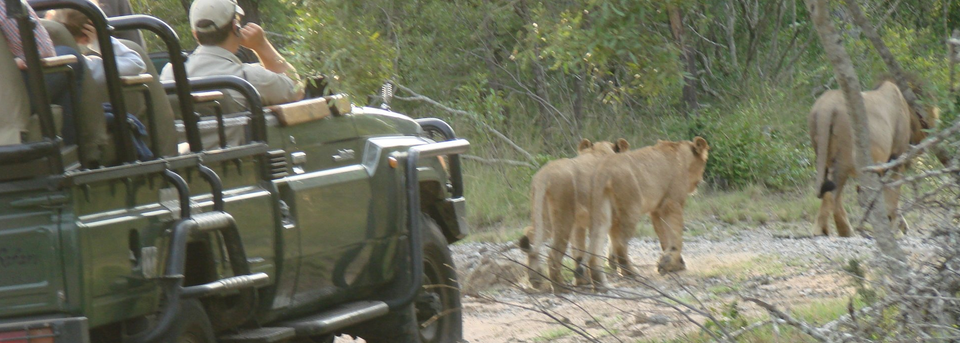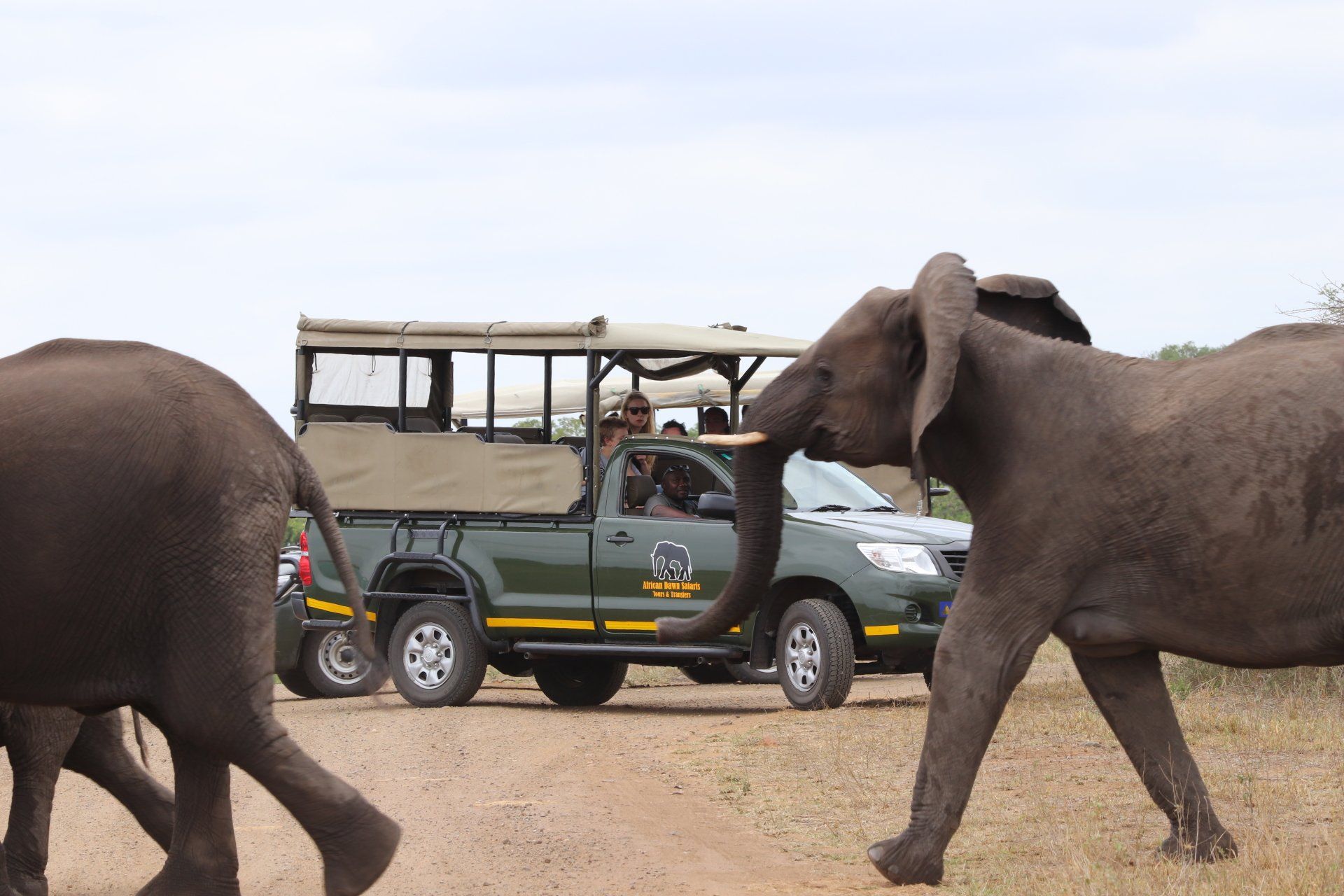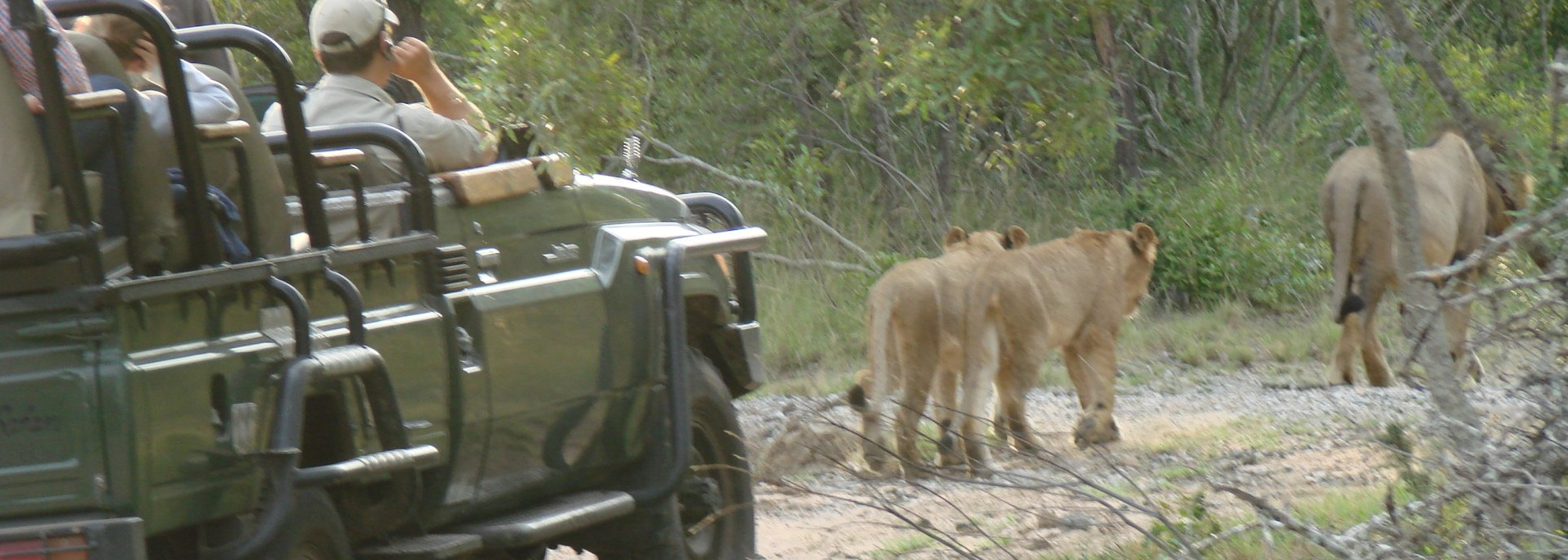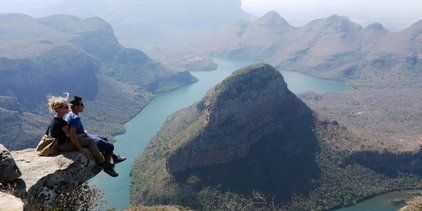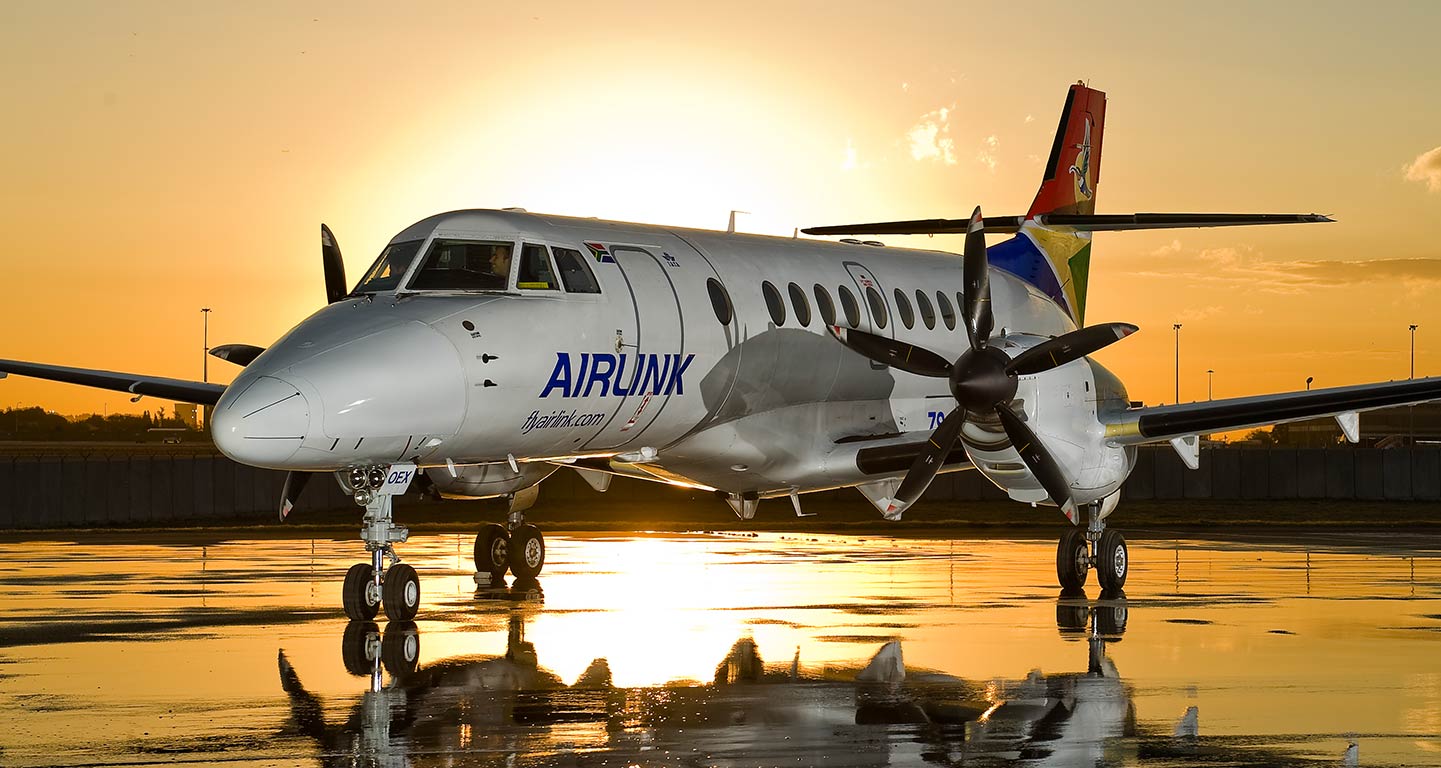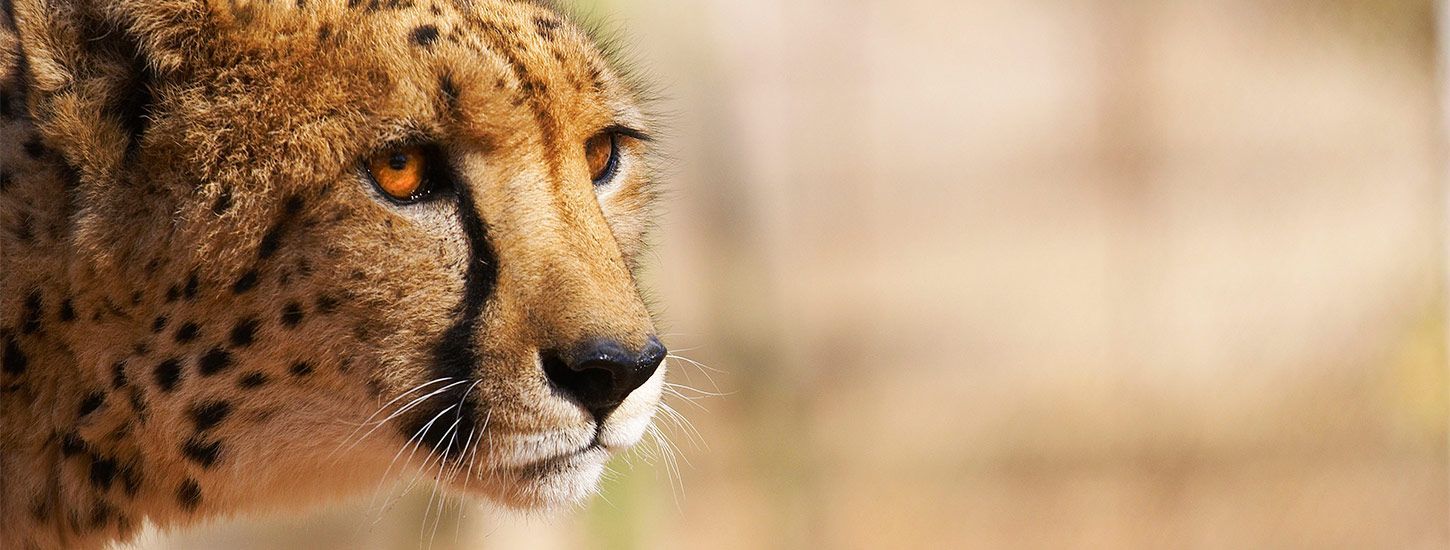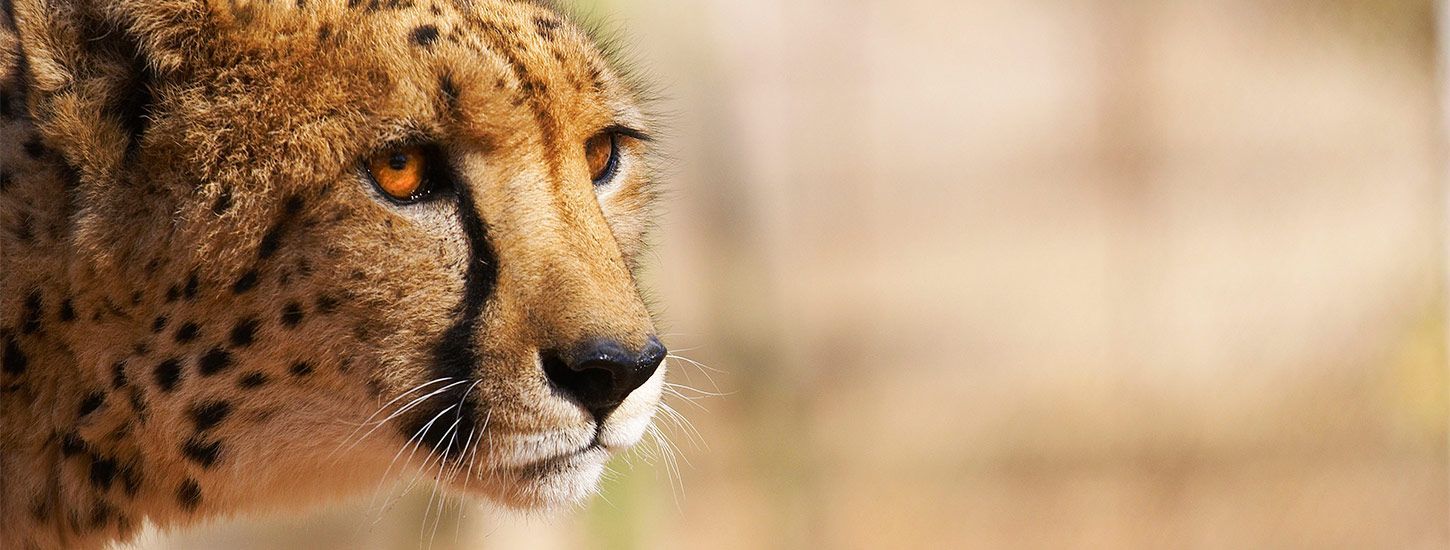Welcome to Hoedspruit!
South Africa's Big 5 Safari Capital
It's known as South Africa's safari capital and is the gateway to some of the best game viewing in Africa - welcome to Hoedspruit , a little town with a lot of heart!
Thanks to its proximity to the world-renowned Kruger National Park and leading private game reserves such as the Sabi Sands and Timbavati, home of the legendary white lions, this former farming outpost has grown rapidly over the last decade.
The town's thriving economy has been built on the citrus and cattle farms which surround it and mining in the region, but today things are increasingly focussed on tourism. Indeed, the safari industry is fast taking over as the major economic driver in the area, turning the town into one of South Africa's fastest-growing tourism hubs.
There has been a human presence in what is now Hoedspruit for millennia, with archaeologists recently discovering early iron age artifacts including pottery shards, human and animal bones, grinding stones, stone hammers, bone tools and beads made from ostrich egg shell as well as freshwater and sea shells.
The archaeologists who made the discovery, Anton Pelser and Anton van Vollenhoven, said that the site, on what is now Zandspruit Aero Estate, falls within a pre-established network of trade routes and that the people who were living there probably used the shells as money and were accustomed to trade.
The archaeologists estimate that the find dates back to around 800 AD, predating significant nearby archaeological sites such as Mapungubwe and Thulamela. Indeed, according to the archaeologists, there are indications that the people living in the area during this period were on the cusp of a technological shift from the Stone Age to the Iron Age, when humans discovered the practice of melting iron to make various tools and implements.
The iron age was a significant period in the history of the area and began around 300AD when the Ntu (or Bantu) speaking peoples arrived, replacing the indigenous San people, introducing pastoralism. They settled first along the Limpopo, Luvuvhu, Shingwedzi and Letaba rivers, moving further south to the Olifants, Sabie and Crocodile rivers, cultivating crops and keeping domestic livestock and living in semi-permanent settlements.
They smelted and forged iron and produced pottery of various characteristic types. The descendants of these people, the Shangaan, are still the predominant tribal culture in this region.
Hoedspruit as it is now began much more recently. It was 1844 when Dawid Johannes Joubert arrived in the area and established a farm between the Blyde River and what is now known as the Zandspruit (sand creek). He was quickly joined an influx of young "boere" (farmers) who saw huge potential in the region.
Farms were quickly demarcated and registered with the land office in nearby Ohrigstad. Farm names reflected both the topography of the land and the sentiment of these young pioneers. There was Jonkmanspruit ("young men's creek"), Welverdiende ("well-deserved") and Driehoek ("three corners") - names which are still to be found in the area today.
Joubert's original farm had no name until the day in 1844 when the heavens opened over Mariepskop - the highest peak in the Drakensberg escarpment which towers over the area - causing widespread flash flooding. The creek which ran across Joubert's farm quickly became a raging torrent and in trying to cross it, he slipped and lost his hat which was quickly borne away by the fast-flowing waters, never to be seen again. Thus Hoedspruit - "hat creek" - was born. Joubert spent his time between his newly named farm and his farm in the Ohrigstad area but was attacked and killed by a leopard in 1860.
At this time there was a major land dispute between South Africa and neighbouring Mozambique, with the latter claiming that the Drakensberg escarpment formed the international boundary between the two countries.
In response to this claim, the president of what was then the Transvaal Republic, Paul Kruger, arranged for the entire area to be properly surveyed and demarcated. However, there was a lack of qualified land surveyors in South Africa at the time, so surveyors from Europe were brought in, under the supervision of surveyor general, Gideon R von Wielligh.
While these surveyors were busy with properly demarcating the international border between the republic and Mozambique, President Kruger asked them to officially mark the borders of the various farms in the region, commanding that all of the exceptionally large farms like our "hat creek" be broken up into smaller farms, although still under the ownership and management of single farmers.
The predominantly European surveyors undertook this task and began to name the smaller portions of these huge farms from their own vernacular, which is why to this day you will find farms like Berlin, Essex, Madrid, Dublin, Moscow, Chester and Dundee on the outskirts of town.
By the turn of the 20th century, gold and other precious metals had been discovered in the area around Hoedspruit and mining began to play a major role in the region's economy. This was when Abel Erasmus and his partner, Org Basson, ran a successful transport company, running teams of oxen between the Mozambican capital and port of Lourenço Marques and the mines at Gravelotte.
Erasmus prided himself on his oxen, which he farmed nearby on his farm, Orinoco. Little did he know that these animals would become a pivotal factor in a legendary raid by Boer commandos during the Anglo Boer War, which raged from 1899 to 1902.
It was 1901 and Erasmus's oxen were being rustled by the infamous Steinaecker's Horse - a voluntary military unit fighting for the British forces which consisted of English-speaking lowvelders under the command of former Prussian soldier, Major Francis Christian Ludwig von Steinaeker.
As a result, Erasmus laid a formal complaint with General Ben Viljoen, in charge of the Boer forces in the area and based in Lydenburg. At a meeting of his men in Pilgrim's Rest, Viljoen sent Kommandant Piet Moller and a unit of men to attack Steinaeker's Horse at their stronghold at Fort Mpisane. The attack took place on 8 July 1901 and Moller and his small band of men took the fort successfully.
Among the notable names within the ranks of Steinaeker's Horse was Henry "Harry" Wolhuter, who was appointed as game ranger for the Sabi Game Reserve in 1902. The Sabi Game Reserve eventually became the Kruger National Park and Harry Wolhuter one of its most famous rangers.
The early 1900s also saw the safe and effective transportation of ore, mining equipment and supplies to the area become a matter of prime importance and thus the Selati railway line was laid, traversing the farm of Hoedspruit in the process.
The railway brought people with it, and with the growth in passenger trains, the need for stations became apparent. Hoedspruit station, actually built accidentally on the neighbouring farm Berlin, fast became a hub around which businesses began to spring up.
However, the gold fields petered out before the line was completed and work on it was abandoned. Work began again on it in 1909 and it was finally completed in 1912.
The Selati Line ran from Komatipoort on the Mozambican border to Tzaneen and helped to open up the area to tourism, helped in 1923 when South African Railways launched a "round-in-nine" passenger rail trip of the Lowveld, including an overnight stop at what was then Sabi Bridge in the Sabi Game Reserve and is now Skukuza in the Kruger National Park.
There were no overnight facilities for the public at Sabi Bridge, so the tourists had to sleep on the train. Eventually, these train trips became so popular that rangers accompanied the tourists on the train and arranged short bush excursions for them. The rest, as they say, is history.
The Selati Line was eventually abandoned when, in 1963, work began on a new railway line west of the Kruger National Park. This is the railway line which runs through Hoedspruit to this day.
By the 1950s the bustling little outpost that had originally sprung up around Hoedspruit station had yet to be formally registered as a town, but when, in 1952, the Roos family bought Berlin and established a general dealers and motor repair shop alongside the railway line, Hoedspruit the town had finally arrived.
The town continued to attract farmers and in the 1950s there was a boom in cattle farming in the area. One of the farmers who purchased land was Willie Schürmann. At the time, predators such as lion and cheetah were seen as a huge threat to livestock and sadly were often shot on sight.
And so it was that Willie's six year-old daughter, Lente, was given an orphaned cheetah cub to care for after a neighbouring farmer shot its mother. Lente called the cub Sebeka and formed an inseparable bond with the young animal. So began a love affair with orphaned and distressed animals that saw the girl who grew to become Lente Roode eventually turn her father's farm into Kapama Game Reserve, home of the Hoedspruit Endangered Species Centre (HESC). Today, the centre is run by Lente's daughter, Adine and continues to contribute to cheetah conservation.
In the late 1970s the pace in Hoedspruit was stepped up with the opening of the South African Air Force's base there. Surrounded by 25 square kilometers of game reserve, the base quickly found itself having to deal with the almost constant presence of wildlife on the runway. Working with the HESC it introduced three cheetahs onto the property to help keep the wildlife off the runway and things improved dramatically.
During the 1990s an unused portion of Air Force Base Hoedspruit was converted into what is now Eastgate Airport, opening up the region to global tourists en masse by providing daily flights from Johannesburg's OR Tambo International Airport, enabling them to quickly and easily connect to surrounding game reserves and safari lodges in the area.
Today, Hoedspruit is a magnet for people who love wildlife and who are looking for exceptional game viewing experiences. With an enormous range of safari offerings on its doorstep to fit any budget requirement, it has firmly established itself as the Rainbow Nation's number one safari town. This has been helped by the advent of the residential wildlife estate, a housing niche which has made Hoedspruit one of the most sought after property destinations in the country.
For anyone interested in buying into life in the African bush, having wildlife on their doorstep and living in safari lodge-style accommodation, estates such as Hoedspruit Wildlife Estate, Raptors View, Moditlo, Zandspruit Aero Estate and Leadwood offer exceptional opportunities to live the African dream as well as go on safari!
The town's infrastructure has expanded to meet the demand of international visitors and a growing number of permanent residents, with major supermarkets like Spar and Pick n Pay and a range of excellent restaurants on hand.
No longer just a town people pass through on their way to somewhere else, Hoedspruit holds its own as a tourism destination and is an excellent base from which to explore one of the most exciting and adventure-soaked areas of South Africa. The town is within easy reach of the Panorama Route with tourism drawcords like the Blyde River Canyon, Bourke's Luck Potholes and God's Window complemented by great activities like zip-lining, hiking, horse riding and hot air ballooning.
Day trips to the Kruger National Park are a leading attraction for visitors to the town, with both the Orpen and Phalaborwa gates a short drive from the town. Game drives can be arranged in the Kruger and in a number of private reserves around Hoedspruit so wildlife enthusiasts will never be tired of things to do and see.
From its humble beginnings Hoedspruit has finally arrived and is looking forward to the future. So next time you are planning a safari, make sure that this vibrant little piece of South Africa is on your itinerary.


